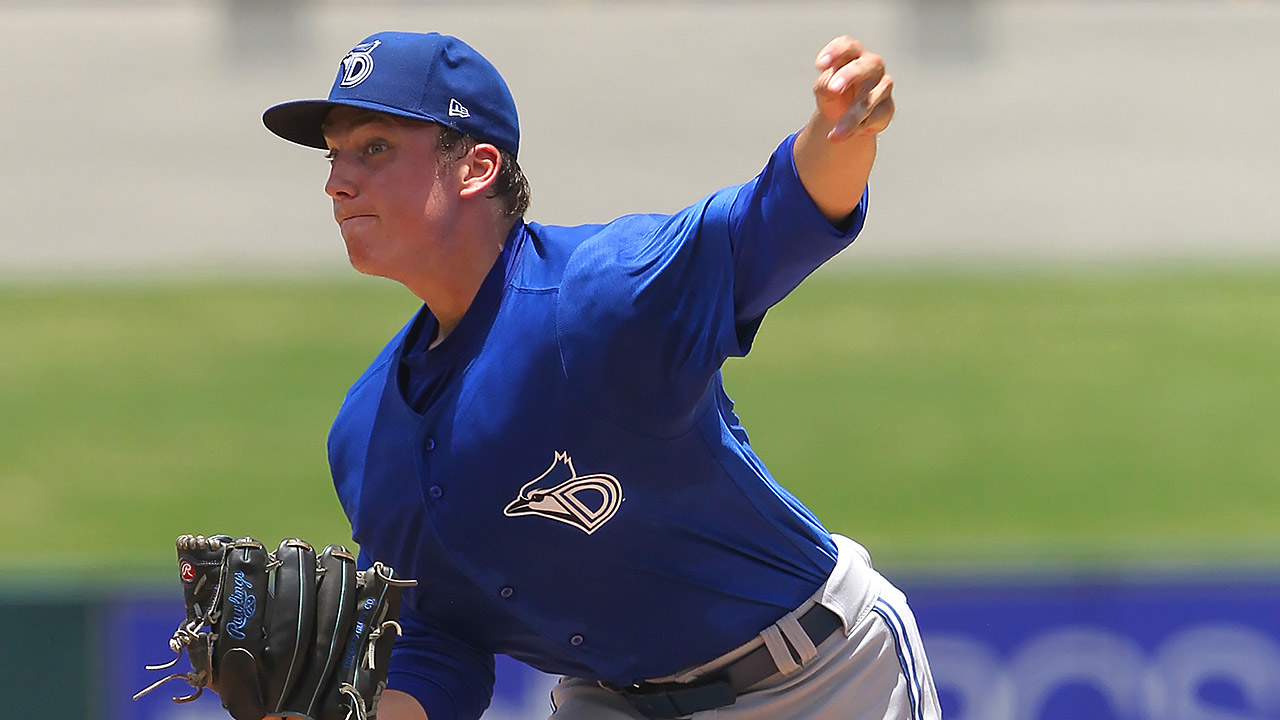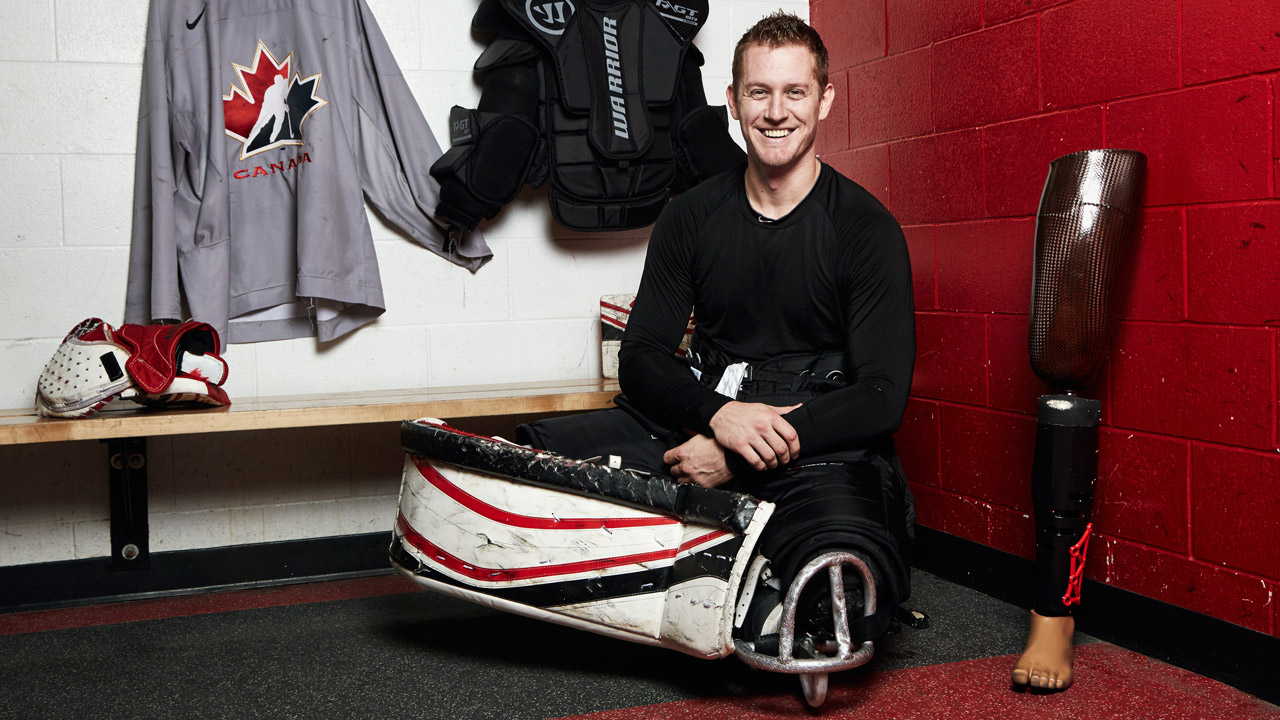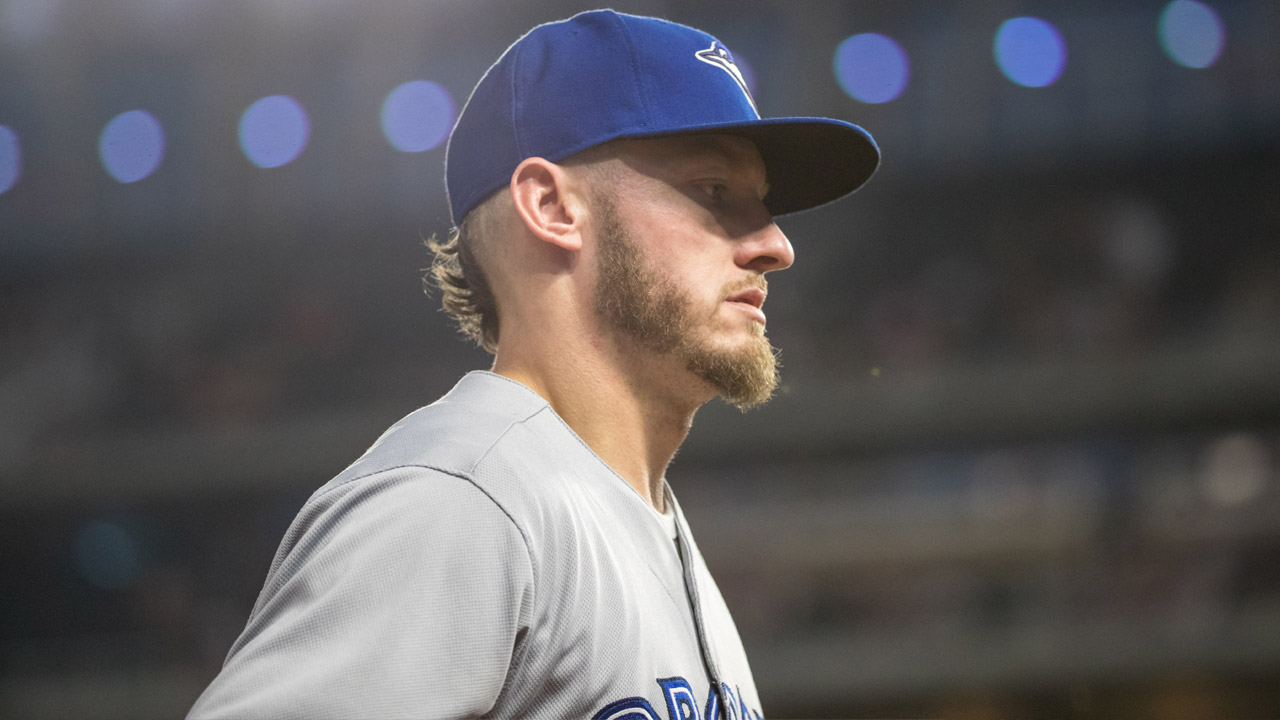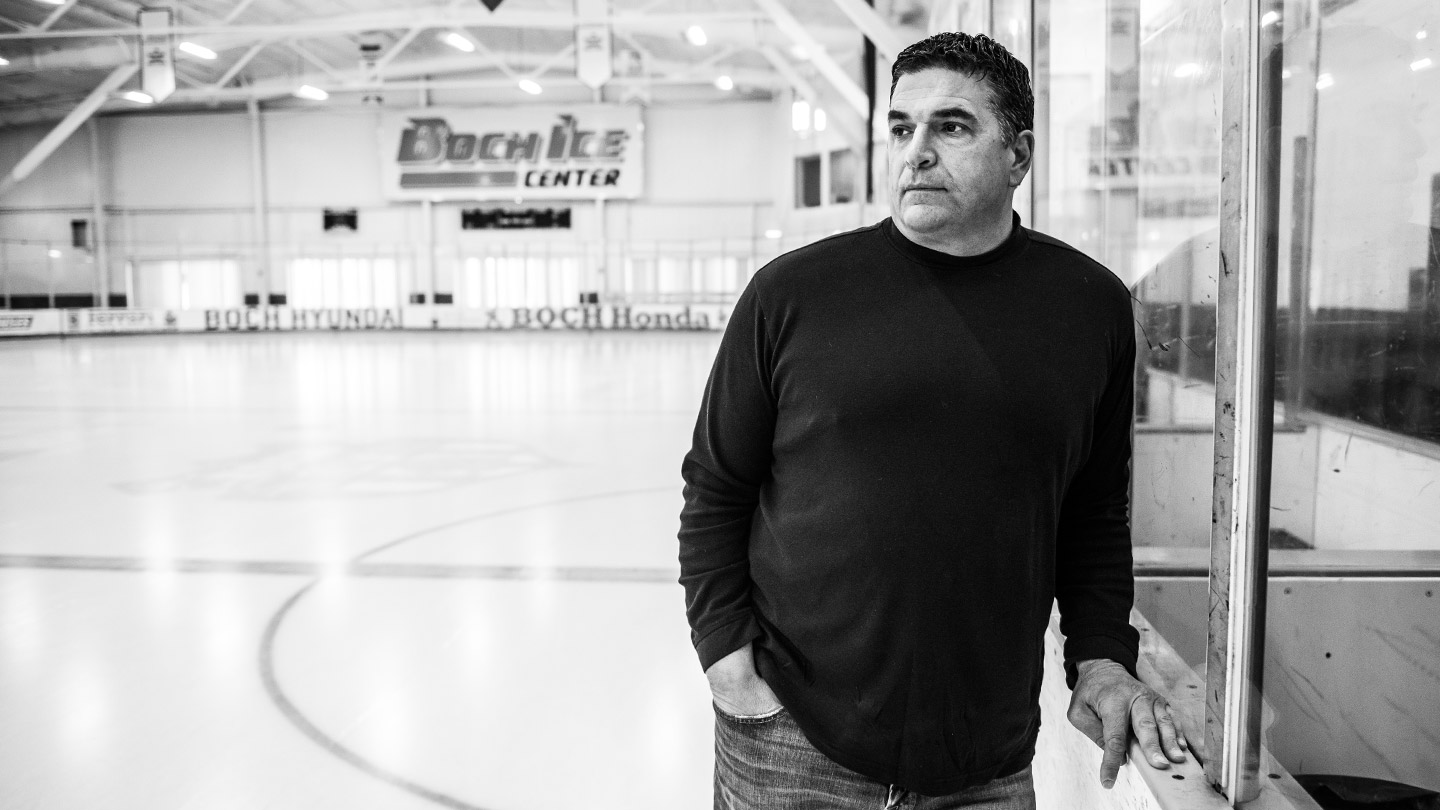Gil Kim kept his distance, making sure not to interfere. He has a self-imposed policy whenever he’s on the field observing coaches and players: Let situations play out without getting involved. So, the Toronto Blue Jays director of player development picked a spot well behind the mound on the Dunedin, Fla., diamond that is home to the club’s Class-A advanced affiliate and kept his thoughts to himself.
It was a hot and sunny morning in the early stages of the 2017 season and Kim was watching a promising left-hander named Ryan Borucki work through an intense side session with Mark Riggins, the Dunedin Blue Jays pitching coach. The two men on the mound were attacking the pitcher’s slider, talking through pitch sequencing and simulating instances that would require it. The pitch had evaded Borucki throughout his young career but — despite the 37-year age gap between them — Kim noticed a shared sense of enthusiasm as the pitcher and coach hunted the solution.
Borucki, selected out of high school by the Blue Jays in the 15th round of the 2012 draft, had started with a strong fastball and slowly developed a changeup that some believe is now the best in the organization. But the 23-year-old was missing a breaking pitch to complement his existing repertoire and help push him to the next level. He’d begun each of the past three pro seasons with the goal of adding that missing piece and come up empty each time. He’d tried several different grips and pitches and nothing stuck. On the Dunedin mound, though, he and Riggins were determined to finally make a breakthrough. “Standing back behind there, it was just an atmosphere where you were observing and thinking, ‘Man, we’re getting better right now,’” recalls Kim, who was visiting Dunedin on a four-day trip. “This is what development is about.”
Riggins came to the Blue Jays ahead of the 2017 season with a resume that boasted high-profile positions with some of baseball’s most respected teams. Even before his first job on a major-league staff, he had developed a reputation as someone who could easily diagnose pitchers’ flaws. In his current role, he’s one of the first inspectors on the conveyor belt that carries young Blue Jays hurlers from the draft to the show. Quietly going about his business, Riggins is a man the franchise trusts to shape pitchers when they’re at their most vulnerable and ready them for the next step. “Sure, maybe there’s not as many coaches who go from the big leagues to A-ball,” says Kim of Riggins’s career path. “But certainly, how we see development, sometimes … you need your best people at the lowest levels.”
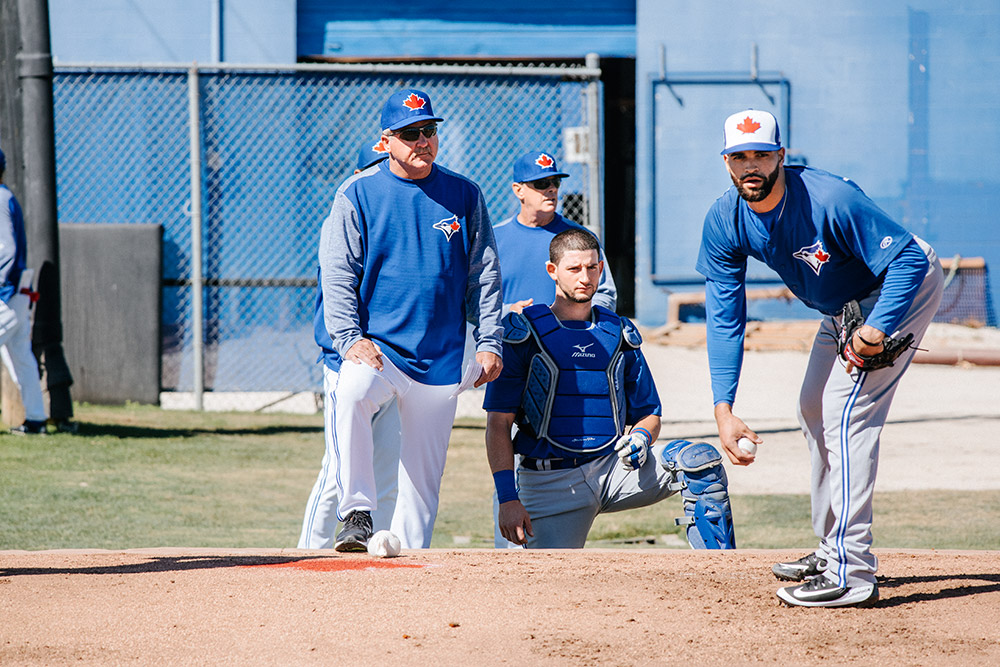
Mark Riggins grew up on a five-hectare farm about seven miles from the small town of Loogootee, Ind. He was tasked with chores from an early age — tending to vegetables or feeding cattle in the mornings before school — and he didn’t eat a store-bought steak until college, which is still a point of pride. His father was a fast-pitch pitcher who passed the baseball bug on to young Riggins. The two would make summer treks to St. Louis — roughly 400-miles roundtrip — to watch iconic right-hander Bob Gibson toe the rubber for the Cardinals.
Riggins pitched for the varsity team in high school and was also on the basketball squad, which was headed by Jack Butcher, Indiana’s all-time winningest high-school coach. Baseball was his sport, though, and he played at Murray State University in Kentucky under John Lee Reagan, another revered leader Riggins credits as instrumental in his career. “I never thought that I would be a coach,” he says, “but looking back, the foundation was set with my two coaches in high school and my college coach.”
After finishing his bachelor of science in 1979, Riggins was pitching for a travelling team out of Terre Haute, Ind., when a Cardinals scout saw him and took a chance on the left-hander, offering him a contract as an undrafted free agent. He dominated the Florida State League his first full year in the Cardinals system, but when he was promoted to double-A the next season, he “went from prospect to suspect in one year.” By 1983, Riggins was 26 and still hadn’t cracked the big leagues. But team officials valued his ability to help other hurlers, and during spring training that year, they asked him to be a player-coach for the single-A club.
Following the season, the St. Louis farm director phoned Riggins and offered two choices: either come to spring training in 1984 and try once again to make the big-league club, or become a full-time minor-league pitching coach. “I had to make a decision within a few days … and my wife and I talked it over,” says Riggins. “I had my degree so I wasn’t going to waste a lot of time in the minors if I didn’t have an opportunity to make it to the big leagues. I was realistic with my ability and took the sure offer.”
Riggins became the first minor-league pitching coach hire for the Cardinals. At the time, the team didn’t have an assigned pitching or hitting coach for each minor-league club. Instead, they employed just two roving instructors. He started off with the rookie ball Johnson City Cardinals and spent the rest of the ’80s moving around the Cardinals’ minor leagues. He settled down with the triple-A club in 1990 and spent five years there, time that helped him find his purpose in the sport. “I get my kicks from seeing kids get better,” says Riggins. “I like trying to solve problems that kids have. Trying to develop them into pitchers. It could be mental, physical, work ethic. You’re like a doctor, trying to treat different things.
“That intrigues me — fixing people, helping them become better.”
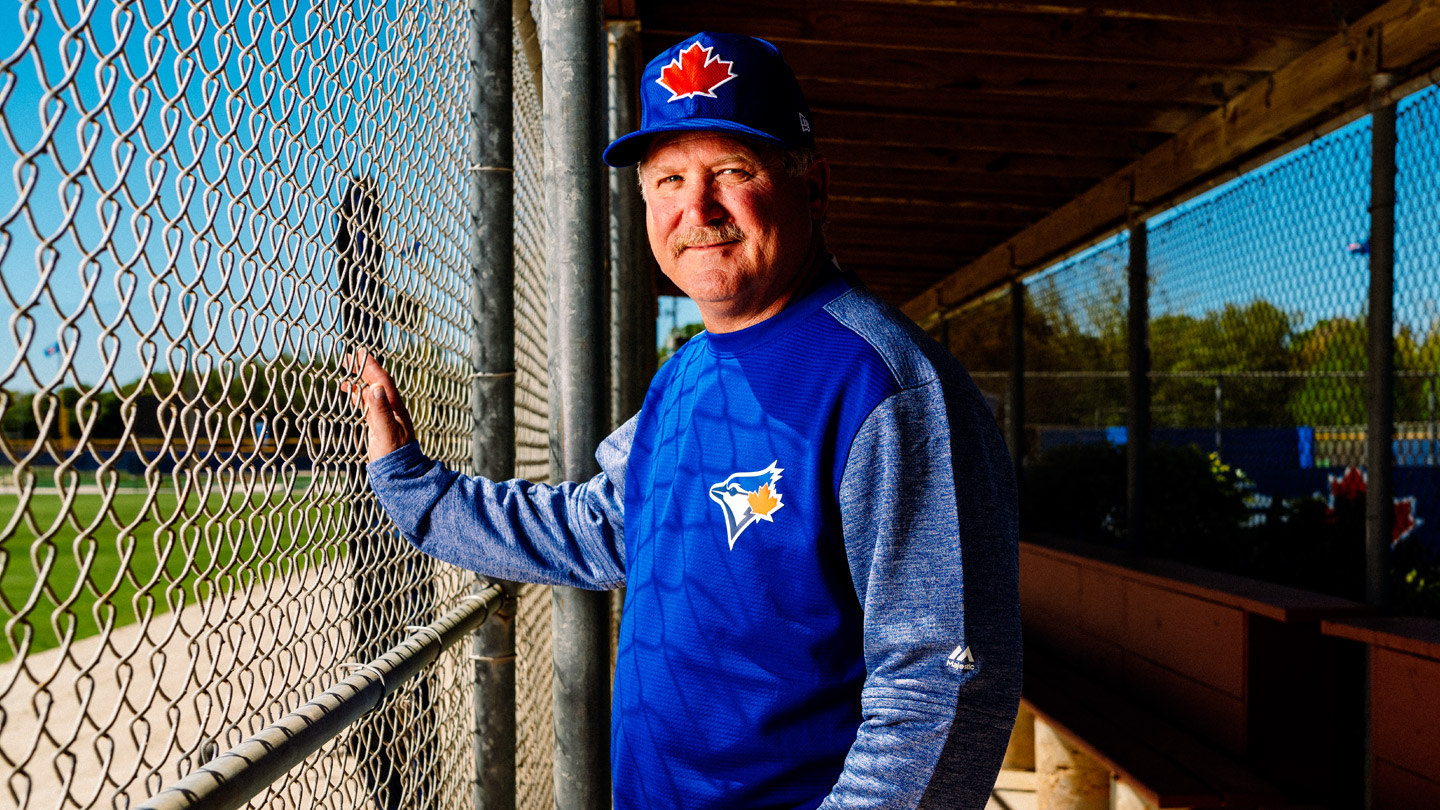
Riggy,” as he’s known in the industry, had helped polish quite a few young arms for the Cardinals by the time he was promoted by newly hired general manager Walt Jocketty to major-league pitching coach ahead of the 1995 season. Joe Torre was the manager and Bob Gibson the bullpen coach — the same Bob Gibson who Riggins had seen pitch as a boy.
The Cardinals coaching staff was a goldmine of experience, and Riggins made sure to extract all that he could. Torre had built-in respect for his players and a talent for working with them to get the best out of their abilities. Gibson was one of the grandest figures the game had ever seen. He’d battled racism and childhood illness to become a Hall of Famer, and won two Cy Youngs, an NL MVP and two World Series (taking MVP honours in both) along the way. “I think what Mark probably would have learned from [Gibson] was just how to prepare for a game and how to pitch,” Jocketty recalls. “How to be competitive. How to teach guys to be competitive when they were out there. I think he probably learned what it takes to be a good major-league pitcher.”
St. Louis struggled that season and Torre was fired in June. Tony La Russa replaced him in the off-season and brought in his own pitching coach, Dave Duncan. Riggins was reassigned to minor-league pitching coordinator, where he spent the next 12 seasons, becoming a trusted member of the organization during a successful period in Cardinals history. “Whenever I had any questions about guys we had in our system, he was the one guy I relied on for expertise and to give me a straight answer on which young pitchers might be available, and when,” says Jocketty, who remained the Cardinals GM until 2007. “He was always very organized and very disciplined.”
Riggins left the Cardinals for the Cubs following the 2007 season. Chicago promoted him from minor-league pitching coordinator to major-league pitching coach three years later, but once again he lost the position with the hiring of a new manager. Jocketty, then GM for the Cincinnati Reds, brought Riggins to that organization and eventually gave him a third shot as an MLB pitching coach in 2016. But he lasted just months in the role and was fired in July with the Reds owning the worst ERA in baseball. “It wasn’t anything that he had done,” says Jocketty, who’s now an executive adviser with the Reds. “We were off to a bad start, we had a lot of pitching injuries and it was felt that we needed to make a change with our pitching staff. As it turned out, after Mark was let go, we started getting guys healthy and pitched better in the second half. I think a lot of it was stuff that he had set up in the first half.”
Despite the disappointing finishes to his big-league tenures, Riggins says he still has aspirations to get there again. But in the meantime, the Blue Jays have a well-travelled hand guiding some of their most promising young pitchers. “I would hire him in a minute if I had the opportunity,” Jocketty says.
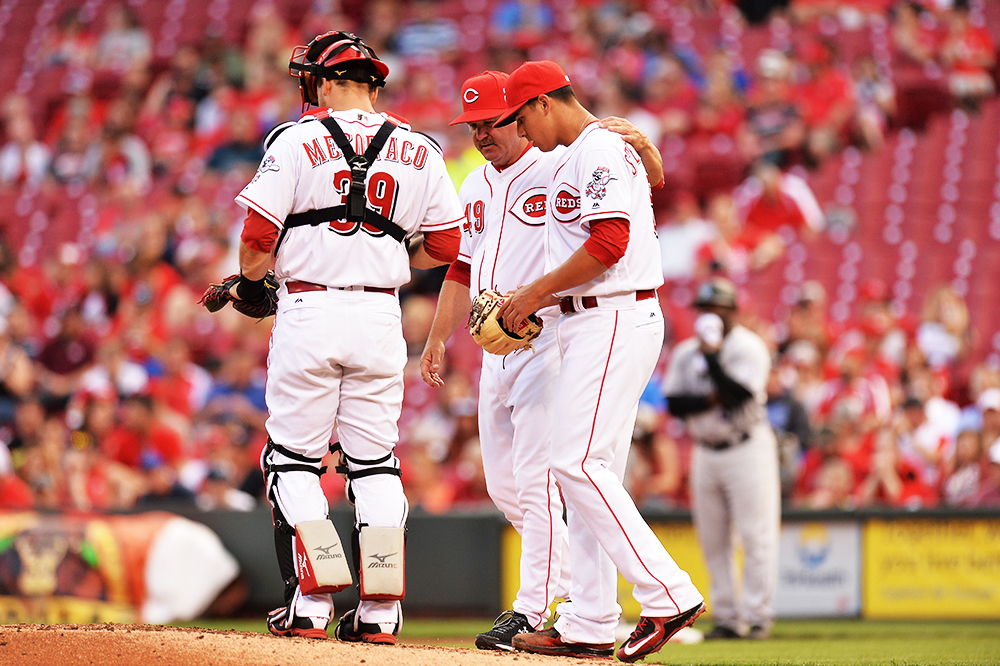
After promoting Jeff Ware to pitching coordinator in the fall of 2016, the Blue Jays were looking for a Dunedin pitching coach. Riggins had stood out in the interview process. Then, one day, Kim received an impromptu call from Oneri Fleita, former farm director for the Cubs. “Any time people reach out for somebody proactively, as opposed to the organization going out and calling and following up on references, it grabs your attention,” Kim says. “Especially somebody with the track record and experience that Oneri has.”
Riggins, 61, admits wondering whether the Blue Jays would be hesitant to offer him a pitching coach job in A-ball, given his experience as a coordinator and major-league coach. But, according to Kim, it was a non-factor. “It says a lot about somebody’s humility to have the experience he has, the years he has, and be as devoted and passionate to the game as he is, and go to A-ball,” says Kim. “That’s one of the biggest things about Riggy: I don’t know if he necessarily sees that much difference between the big leagues and A-ball. I’m sure he does and there is a difference, but I think what he sees is he is helping pitchers get better.”
Riggins knew Blue Jays president Mark Shapiro and GM Ross Atkins from their time in Cleveland, when the Indians shared a spring training minor-league complex with the Reds in Arizona. He also did his research and liked the direction the Toronto organization was heading. “I had offers, but I want to be with a winning organization to finish up my career,” he says.
During the season, Riggins is in contact with Ware on a daily basis and also frequently checks in with Kim, who says he relies on the knowledge and experience the coach brings. When Kim visited Dunedin in early 2017, he took note of the daily meetings Riggins hosted with his pitchers. What he saw was a group of young players who were enthused and attentive, connecting extremely well with their coach. Kim was also impressed at how the pitchers felt empowered by Riggins, who played a formative role in the development of several Blue Jays prospects over the course of the season, including Borucki, Jordan Romano, Jackson McClelland and 2016 first-round pick T.J. Zeuch.
Zeuch, a 22-year-old right-hander, saw his fastball and curve flourish under Riggins’s tutelage. He’d always had a problem with his fastball leaking toward the middle of the plate against left-handed hitters — almost like he was setting the ball on a tee for them. As for his curve, it used to feature a big, early loop that batters could easily recognize. Riggins investigated both issues, ultimately helping Zeuch vastly improve. “He’s been around the game for an unbelievable amount of time,” Zeuch says. “He’s pretty much seen it all. Being able to talk with him and hear his feedback, and him being able to teach me different things in different ways has been a huge help for me.”
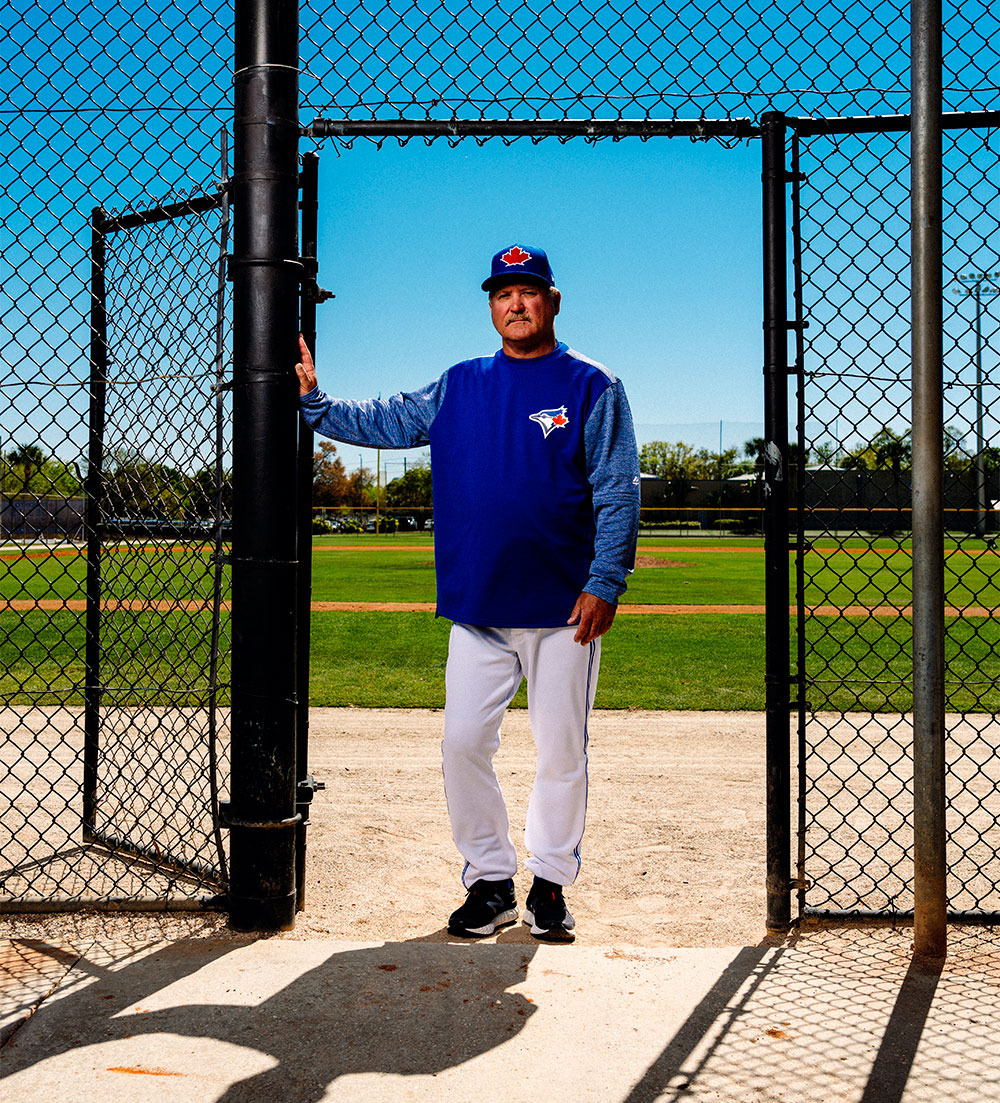
Borucki remembers the exact moment his slider took off last season. His parents were in town to watch him pitch against the Daytona Tortugas and he mentioned he was going to try this new pitch he’d been working on. “I was getting swings and misses on it and I threw like 20 of them, which I never ever do,” Borucki recalls of his performance that afternoon. “I never used to throw that many breaking balls, but it was working for me that day and I remember just leaving that game and thinking, ‘Wow, that’s a pitch I can really start throwing.’”
Riggins had figured out that the young left-hander was a visual learner and decided to show him a 1980s video of the late Hub Kittle — one of Riggins’s mentors — explaining the nuances of throwing a slider. Immediately, something clicked. “It gave me release point, feeling,” says Borucki of the video demonstration. “When I saw it and began throwing in the bullpen, it really started to work for me.”
Armed with his newfound tool and improved fastball command, Borucki rocketed through the Blue Jays system last season, mastering double-A and finishing at triple-A, just a step away from the bigs. Now, he’ll enter the 2018 season as one of the club’s top pitching prospects, thanks in part to the help of Toronto’s secret specialist. “He pushed me. That’s the best way to say it,” says Borucki. “He pushed me really hard. I appreciated it.”


